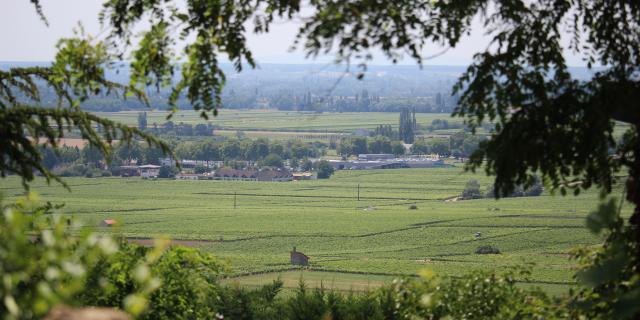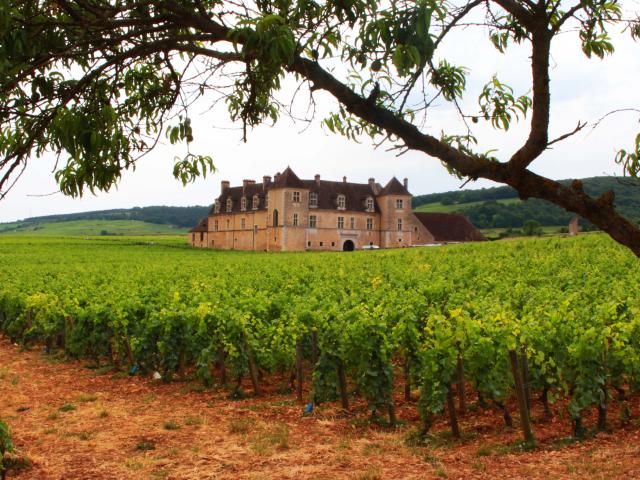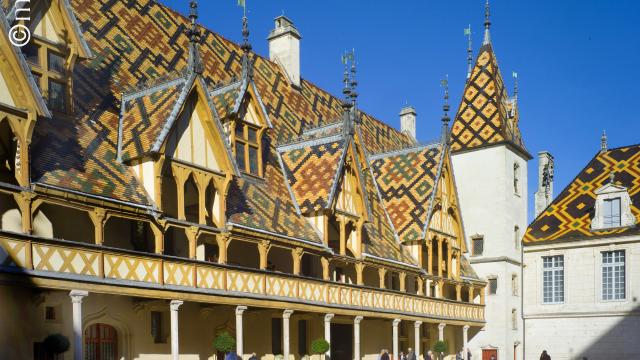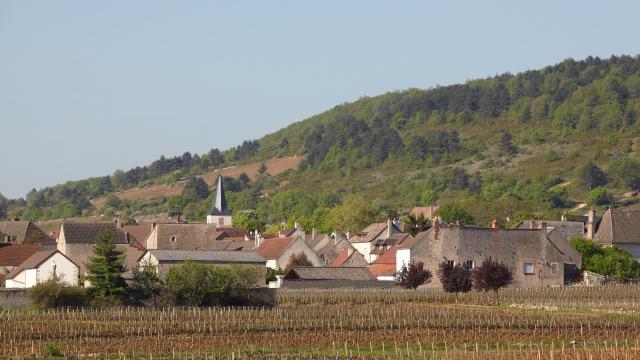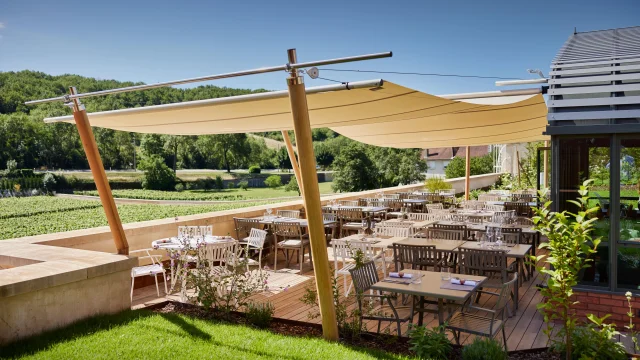Le Chemin des Allemands
When you arrive in Dijon, stop in front of the imposing Gothic-style Saint-Bénigne cathedral. A stone’s throw from the market, visit Notre Dame church, considered a masterpiece of 13th-century architecture. Outside town, the small Romanesque church of Fixin, and the Cluniac site of Gevrey-Chambertin, will surprise you with their architecture and history. Surrounded by an ocean of vines, you arrive near the Château du Clos de Vougeot, former property of the monks and not far from the Abbey of Cîteaux, head of the Cistercian order.
